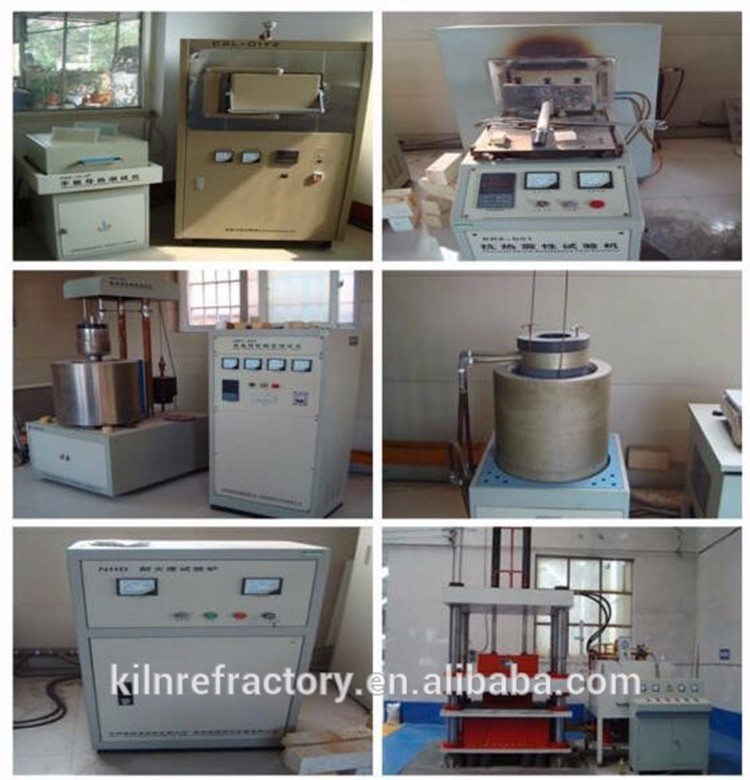
Refractoriness points to temperature at which the material softens. Refractoriness under load (RUL) is a measure of the deformation behavior of refractory ceramic products subjected to a constant load and increasing temperature.
RUL is a critical property for refractory bricks, which basically reflects the service temperature of the bricks, raw materials, etc. The RUL is of great importance to check the suitability of refractory products for high-temperature applications. It gives an indication of the temperature at which the bricks will collapse, in service conditions with similar load. The refractoriness is indicated by PCE (Pyrometric cone equivalent). It should be higher than the application temperatures.
Refractoriness decreases when refractory is under load. Refractoriness under load is an important consideration because usually a refractory fails at a lower temperature when subjectured to load. Therefore more important is refractoriness under load (RUL) rather than refractoriness.
The refractoriness under load test (RUL test) gives an indication of the temperature at which the bricks will collapse, in service conditions with similar load. However, under actual service where the bricks are heated only on one face, most of the load is carried by the relatively cooler rigid portion of the bricks. Hence the RUL, test gives only an index of the refractory quality, rather than a figure which can be used in a refractory design. Under service conditions, where the refractory used is heating from all sides such as checkers, partition walls, etc. the RUL test data is quite significant.
It is generally measured as the softening temperature. It is necessary that a refractory material should have a softening temperature higher than the operating temperature of the furnace in which it is to be used. Most of the commercial refractories do not exhibit sharp melting points and they soften gradually over a range of temperatures. The temperature range in which the softening of refractory products occurs is not identical with the melting range of the pure raw material; therefore it must be reliably determined.




















